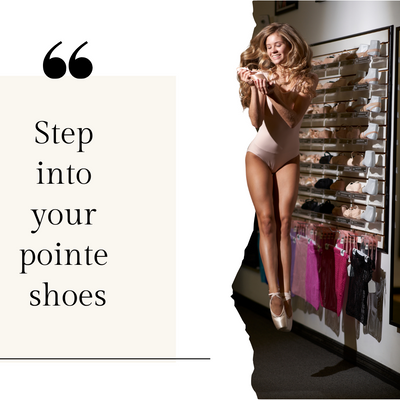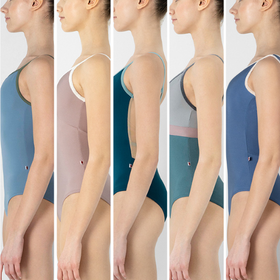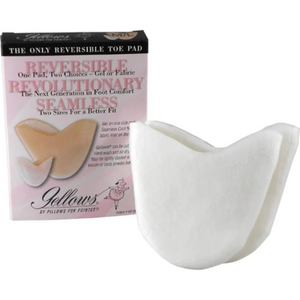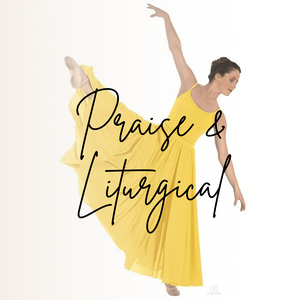Dynamic vs. Static Stretching: The Difference for Dancers
As dancers, we are constantly pushing the boundaries of our bodies, striving for greater flexibility, strength, and agility. Stretching is an essential component of any dancer's routine, helping to improve performance, prevent injury, and enhance overall well-being. However, not all stretches are created equal. Understanding the differences between dynamic and static stretching can make a significant impact on your dance practice. Let's delve into these two approaches and explore how they can benefit dancers.
Static Stretching: Finding Stillness and Depth
What is static stretching?

Static stretching involves holding a stretch position for a period, typically around 15-30 seconds. This approach aims to lengthen muscles and improve flexibility by gradually increasing the stretch without bouncing or jerking movements. While static stretching is often performed after a dance session or during cooldown, it can also be integrated into a warm-up routine with caution.
Benefits of Static Stretching for Dancers:
1. Increases Flexibility: Holding stretches allows muscles to relax and elongate, leading to improved flexibility over time. This can be particularly beneficial for targeting specific muscle groups used in dance movements.
2. Promotes Relaxation: Static stretching can promote a sense of relaxation and release tension in tight muscles, aiding in recovery after intense dance rehearsals or performances.
3. Enhances Body Awareness: By holding static stretches, dancers develop a deeper awareness of their bodies and alignment, which can translate into better technique and injury prevention.
4. Cooling Down: Static stretching during cooldown helps gradually reduce heart rate and prevent muscle soreness by promoting circulation and flushing out metabolic waste products.
Tip: Use resistance bands for an increased challenge to further build strength and mobility.
Dynamic Stretching: Embracing Movement
What is dynamic stretching?

Dynamic stretching involves active movements that mimic the actions you'll perform in your dance routine. Unlike static stretching, where you hold a position for an extended period, dynamic stretching focuses on fluid, continuous movements that gradually increase your range of motion and body temperature. These movements engage the muscles and joints dynamically, preparing them for the demands of dance.
Benefits of Dynamic Stretching for Dancers:
1. Improves Range of Motion: Dynamic stretches help increase flexibility and mobility in a functional way, allowing dancers to move more freely and effortlessly across the floor.
2. Enhances Blood Flow and Warm-Up: By incorporating dynamic movements, you increase blood flow to the muscles, which aids in warming up the body and reducing the risk of injury during intense dance sequences.
3. Activates Muscles: Dynamic stretching activates the muscles you'll be using during your dance routine, helping to improve coordination, balance, and overall performance.
4. Prepares Mentally: The rhythmic and fluid nature of dynamic stretching can also serve as a mental warm-up, helping dancers focus and prepare for the challenges ahead.
Finding Balance in Your Stretching Routine
While both dynamic and static stretching offer unique benefits for dancers, finding the right balance is key. Incorporating dynamic stretches at the beginning of your warm-up can prepare your body for movement and reduce the risk of injury during intense dance sequences. As you progress through your practice, integrating static stretches can help improve flexibility and promote recovery.
In conclusion, by understanding the differences between dynamic and static stretching and incorporating both into your dance routine, you can optimize your flexibility, strength, and overall dance performance. Stay mindful, stay balanced, and keep dancing with joy and grace!
Related Blogs
Can Overstretching Be Bad For You?







